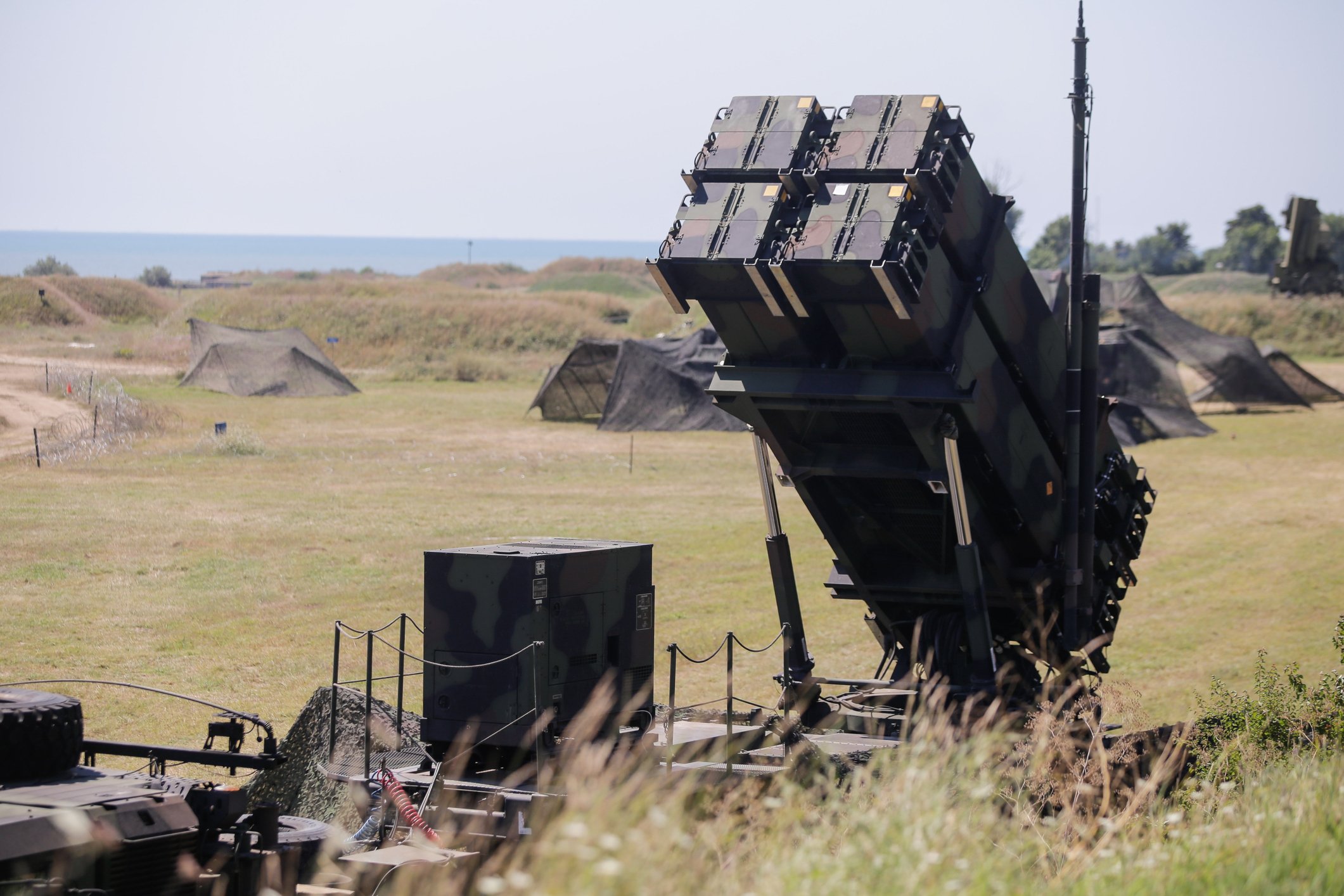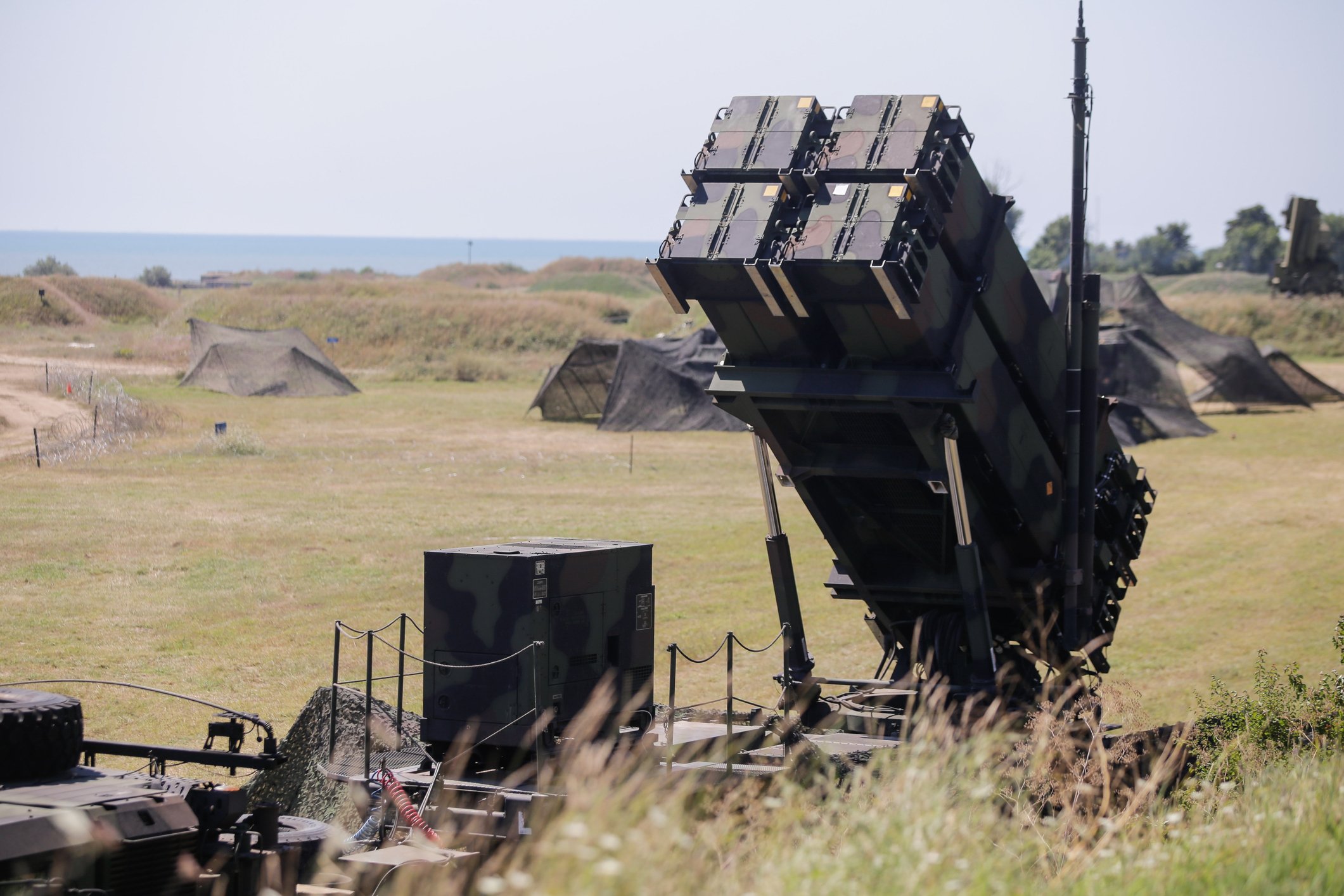
An F-35B Lightning II aircraft lands aboard the amphibious assault ship USS Wasp (LHD 1) during the second at-sea F-35 developmental test event. The F-35B is the Marine Corps variant of the Joint Strike Fighter and is undergoing testing aboard Wasp. Source: U.S. Navy courtesy of Lockheed Martin by Andy Wolfe.
In April, the United States Department of Defense released a report that estimates the impact of sequestration-level funding if it continues past FY 2015. The good news is FY 2016 doesn't start till October 2015, so there's still time for Congress to act. The bad news is if sequestration-level funding continues, Lockheed Martin's (LMT +0.79%) F-35 could face a considerable cut. Here's what you need to know.
The cuts keep coming
According to the DoD's report: "At sequestration-level funding, major reductions from the FY 2015-2019 President's Budget request would include: Reducing one squadron of F-35 aircraft (cutting acquisition of 15 aircraft would prevent fielding the squadron)."
In other words, if sequestration-level funding continues, the Pentagon will have to reduce F-35 procurement by 17 from fiscal 2016-2019. Considering that in 2013, Lockheed's F-35 accounted for 16% of the company's total consolidated net sales, and 2014 looks to be continuing that trend, a cut in planned procurement is bad news for Lockheed.
The F-35 isn't alone
The F-35 isn't the only program that would see an impact if sequestration-level funding continues past 2015. According to the DoD's report, some other major reductions include:
- Eliminating the fleet of Boeing's (BA 0.02%) KC-10 tankers
- Cutting operational surface combatant ships by seven in FY 2019
- Cutting procurement of eight ships
- Eliminating planned purchases of General Atomics' Reaper aircraft in FY 2018 and FY 2019
- Divesting Northrop Grumman's (NOC +1.88%) Global Hawk Block 40 fleet
Clearly the above isn't the best news, and it gets worse. The DoD report estimates that if sequestration-level funding continues, reductions to planned defense spending from FY 2012 to FY 2021 will exceed $1 trillion.
More importantly, the affects of sequestration have been mitigated through FY 2015 thanks to a two-year budget agreement that eased cuts. However, if Congress fails to come to another agreement, the impact of sequestration could get exponentially worse. Considering that Lockheed, Northrop, and Boeing all recently reported first-quarter 2014 results, and all three reported a decrease to their defense backlogs, the prospect of further cuts isn't the best news for these defense giants.

F-35 Lightning ll. Source: Lockheed Martin.
What to watch
There's no way to know for certain what will happen when it comes to sequestration and Congress. At this point, the hope of a "grand bargain" seems to be outside the realm of possibilities, but that doesn't mean it can't happen -- especially since 2014 is an election year.
Regardless, defense investors would do well to continue monitoring budget talks. In the long run, defense giants like Lockheed will probably survive, and come back to thrive given their necessity to the military. However, that doesn't mean they'll come out unscathed. For example, if Lockheed sees a reduction to F-35 procurement, it could have a direct impact on its bottom line, which could impact its stock price. Consequently, this is something investors should watch.








